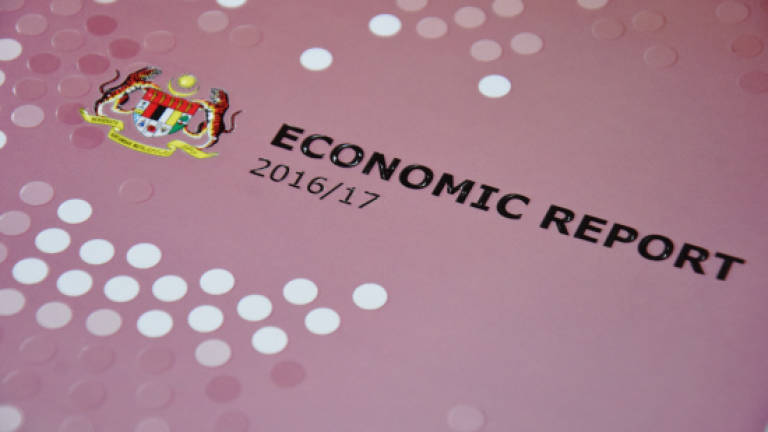Economic Report 2016/17: BR1M reduces share of household with low income

PETALING JAYA: The implementation of 1Malaysia People's Aid Programme (BR1M) has partly contributed to the reduction in the share of household with low income, according to the Economic Report 2016/17.
"In 2014, the share of households earning below RM3,000 nearly halved to 24.3% (2009: 52.7%), while households earning between RM3,000 and RM5,000 has increased significantly to 30.6% (2009: 23.1%)," the report revealed.
With the rising household income, incidence of poverty had been reduced to 0.6 in 2014, while Gini Coefficient improved further to 0.401 during the same period, indicating the narrowing of income inequality.
The incidence of poverty and Gini Coefficient were 3.8 and 0.441 respectively in 2009.
Introduced in 2012, BR1M is a form of conditional cash transfer as cash payment is provided to households earning monthly income below RM3,000 and individuals earning monthly income below RM2,000.
In 2014, BR1M assistance was extended to households with a monthly income between RM3,000 and RM4,000.
BR1M aims to ease the burden of rising cost of living by offering assistance to households in the low income group. The direct impact of BR1M is the increase in household disposable income, which is the main determinant of private consumption.
Between 2012 and 2015, BR1M resulted in an increase in private consumption by 7.1% on average compared with 6.8% without the cash transfer.
In addition to the spillover effect on private consumption, BR1M also indirectly promotes the growth of industries that produce consumer goods.
Data from Finance Ministry show that the output of industries such as residential, food and beverages, motor vehicles, ownership of dwellings, accommodation, electricity and gas as well as finance and insurance between 2012 and 2015 were higher with BR1M than without BR1M.